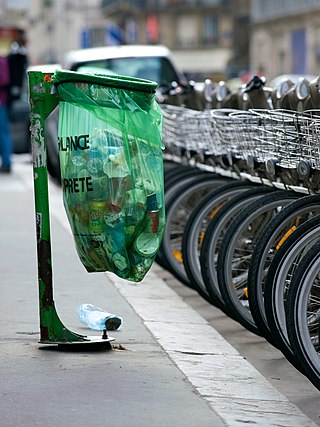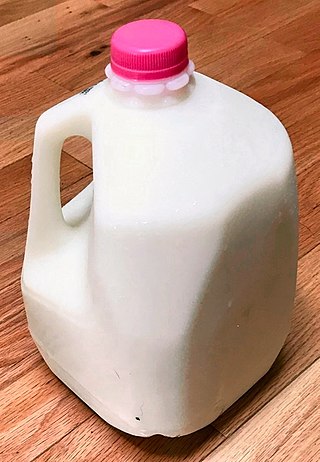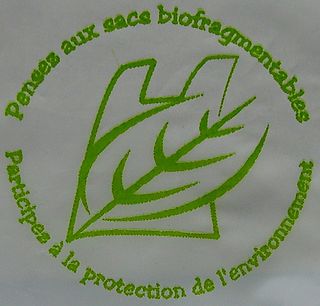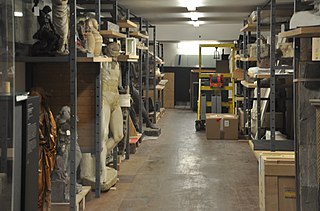Design of pollination bags
Good pollination bags are those which have most of the following properties:
- Enough strength against abrasions and tearing by wind, rain storms and birds in the open field or water spray in the glasshouse.
- Highly effective barrier to pollen grains with pores smaller than the size of pollen.
- Allow sunlight penetration for continuation of photosynthetic activity within the bag. However, the material should be UV stable.
- Moisture and air should be able to pass through the bag. There should be enough aeration that should not let temperature rise drastically.
- Rainwater should not collect in the bag and rain should not deteriorate the quality of bag. The bag should dry out quickly after the rain.
- Fungal disease should not develop within the bag. This will result from the combined effect of ambient conditions for moisture, aeration and temperature maintenance in the bag.
- A good bag should allow ambient micro-environment within it for the development of strong and healthy seeds that will reflect in higher yield and seed viability for healthy seedlings that will ensure early establishment in the field.
- The bags should be foldable and flexible for easy transport and management during operations.
Types of pollination bags

- Kraft paper: Pollination bags used in Sorghum and maize are made from strong Kraft paper. These bags multi-layered strong brown paper but can be damaged by rains and birds to some extent.
- Canvas: They are made of natural cotton fibre bags which are strong but attract moisture in rains. They also attract bacteria due to high cellulose content. However, they are breathable and washable.
- Glassine: They are made of glazed paper and also called butter paper bags. They are water repellent types but can be damaged by high winds and birds. These are used in wheat and barley. Focus Packaging produces this sort of bags.

- Plastic/polyethylene: Generically it includes many type of materials. It may have transparent hard plastic or bread type soft bags. Polyethylene nylon type when flash spun is strong and used as protective clothing. Non-woven from hybrid process is also produced. These bags degenerate in light and air does not pass through them but water is repelled.

- Polyester: Non-woven polyester pollination bags are often used in plant breeding programmes associated with forestry, fruit breeding and some wind pollinated crops. They are also used where durability is critical. PBS International specialises in these product types.
- Tyvek: Dupont Company produces non-woven polyethylene which can be converted into bag. This cloth is used as a damp proofing membrane, envelopes and protective clothing amongst other things. These types of bags are strong but not as breathable as others.
- Micro-mesh or micro-perforated fabric: Polypropylene non-woven melted and pressed materials which is breathable and water resistant. These bags have micro-perforations to allow the plant to breathe and are available in varying sizes and hole patterns. The pore size may vary according to the density of the pressed fibres. Usually the perforated rough side is outside so as not to damage the plants. These bags are used in forestry and grasses.
- Organza Sachets: often found in a party supply store or section are a cheap alternative used by home gardeners.
Plant breeders have been using pollination bags made of a wide range of materials such as: brown paper (Pickering, 1977); [1] glassine (Foster, 1968; [2] Tsangarakis and Fleming, 1968 [3] ), polythene (Tsangarakis and Fleming, 1968; [3] Smith and Mehlenbacher, 1994 [4] ) ), plastic (Schertz and Clark, 1967; [5] Smith and Mehlenbacher, 1994 [4] ), butter paper (Dahiya and Jatsara, 1979 [6] ), cellophane (Jensen, 1976; [7] Subrahmanyam, 1977 [8] ), paraffin paper (Shigenobu and Sakamoto, 1977 [9] ), pergamyn or parchment (Jensen, 1976; [7] Hall, 1954 [10] ), plastic (Cooper et al., 1978; [11] Krus, 1974 [12] ), polythene (Keller, 1945; [13] Martin and Chapman, 1977 [14] ), polyester ( McAdam, et al., 1987; [15] Hata et al., 1995 [16] ). Alternative materials which have been reported to have beneficial effect on seed production, include terylene (Foster, 1968 [2] ) and Kraft paper bags (Wells, 1962; [17] Smith and Mehlenbacher, 1994)). Others (Smith and Mehlenbacher, 1994; [4] ) have used paper bags and variation of spun polyethylene bags which are made from spun-bond polyethylene fibre sheet designed and marketed as a vapour barrier for residential building construction (Tyvek Home- wrap, DuPont Corp., Wilmington DE); fabric bags of polyester, cotton muslin and nylon fabrics (Neal and Anderson, 2004 [18] ); and polyester micromesh fabric (Nel and J van Staden, 2013; [19] Vogel et al., 2014 [20] ).

















